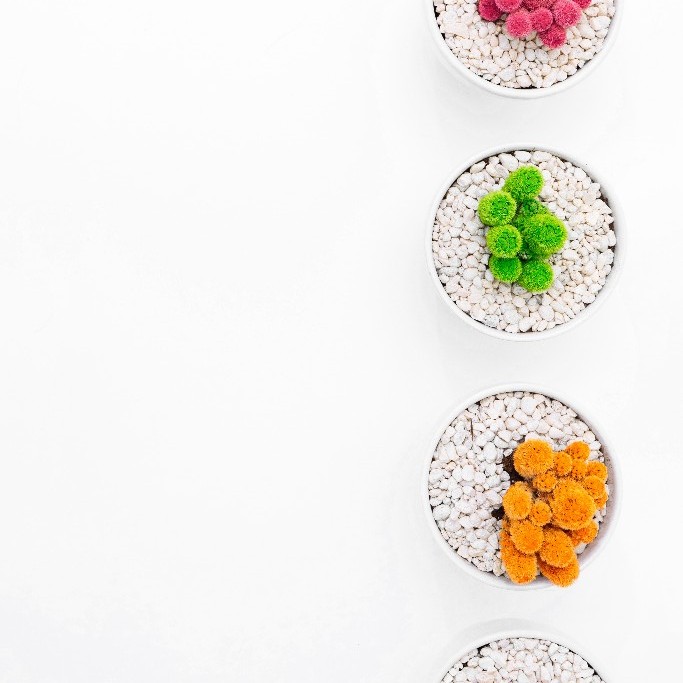Would you print your childhood's best and most precious memories on a low-quality photographic film? I wouldn’t. However, just like me, you probably have hundreds of old faded yellow photos abandoned in a drawer. Images quality relies on high-quality printing films…and so does your immunohistochemical staining.
How incredibly tedious and frustrating it is to spend countless hours on an IHC only to find that you produce low-quality staining, almost microscopically uninterpretable staining? Would you start blaming the quality of the antibody, or the IHC protocol, or make a call to a service technician responsible for maintaining and repairing the microscope?
Wait, those factors are not always the source of the problem. Have you considered the quality of your sample? The way the tissue has been prepared strongly impacts the results. Read on to opt for a technician-free solution. At the end of this post, you can download our checklist to keep track of your IHC experimental conditions.
The importance of tissue handling and tissue processing
The quality of the staining, resulting from the antibody-antigen binding, is to a variable degree affected by alterations during tissue handling and tissue processing. Some proteins are most susceptible to changes in fixation than others. The most common cause of poor immunostaining is not the technique itself but the potential influence on the antigenic sites during tissue preparation.
The journey of a specimen: from patient to section
There are many reasons to examine cells and tissues under the microscope: for basic and clinical research, and to evaluate potential biomarkers in clinical patient cohorts, from small projects to high-throughput strategies.
Human or animal tissue - whether biopsies, larger specimens removed at surgery, or tissues from autopsies - taken for diagnosis of a disease or for research purposes must be processed in the histology laboratory to produce microscopic slides that can be interpreted microscopically. They range from very large specimens or whole organs to diminutive fragments of tissue.
The specimens to be processed are usually solid, heterogeneous, and irreplaceable. For this reason, it is imperative to avoid mistakes since a damaged or unusable specimen can lead to an ambiguous result or misdiagnosis.



